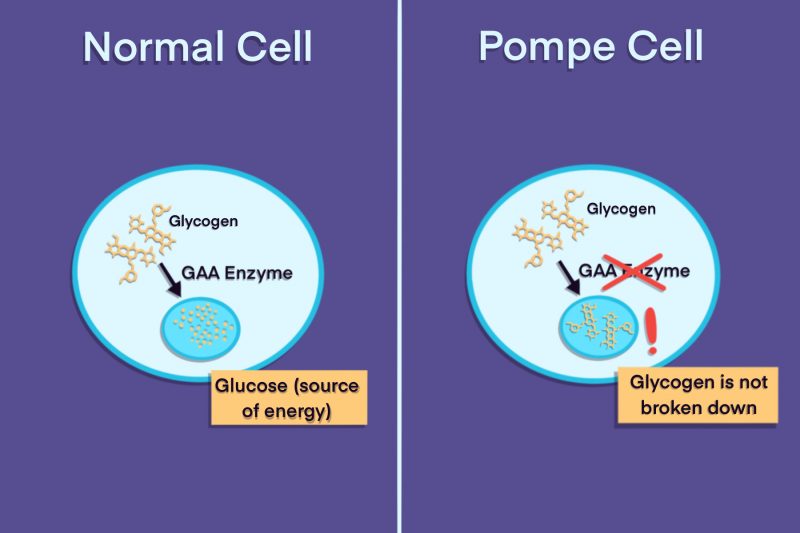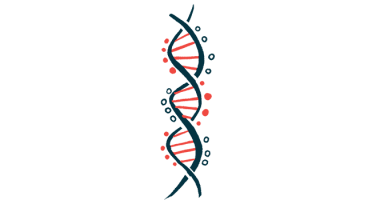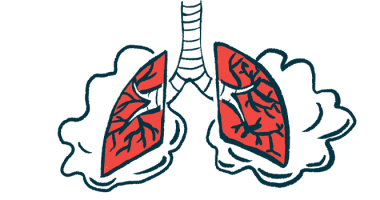FAQs about Pompe disease
Despite the recent approval of specific therapies for Pompe disease, no cure is currently available. Still, Pompe disease patients can benefit from enzyme replacement therapies, which were designed to slow the progression of the disease by reducing the toxic buildup of glycogen inside cells, as well as the combination therapy Pombiliti + Opfolda. Supportive treatments like physical therapy and occupational therapy also can be of help to navigate life with Pompe disease.
The estimated incidence (number of new cases) of Pompe disease varies in different locations and among ethnic groups. In the U.S., Pompe disease affects about one of every 40,000 people overall, though the rate is higher — one out of every 14,000 — among African Americans. Among people of European descent, late-onset Pompe affects one of every 60,000 people, while infantile-onset Pompe affects about one of 100,000 individuals. In southern China and Taiwan, the incidence of Pompe disease has been estimated at one of every 50,000 people, while in Australia, the estimated incidence is one in 145,000.
In the U.S., the federal government recommends checking newborns for a number of serious genetic disorders that can be tested for shortly after birth; these diseases are listed on the recommended uniform screening panel (RUSP) and Pompe was added to the RUSP in 2015. While the federal government recommends screening for all disorders on the RUSP, each individual state ultimately decides what conditions are tested for in that state’s newborn screening programs. As of 2020, Pompe disease was a part of newborn screening programs in 20 U.S. states as well as Washington, D.C.
Pompe disease is a lifelong and progressive disorder, and its symptoms generally worsen over time. Disease symptoms often can cause difficulties with activities in day-to-day life — for example, most late-onset patients experience some difficulty walking, and many will eventually rely on a wheelchair to get around. Learning new coping strategies and finding accommodations can help make navigating daily life with Pompe disease less burdensome.
All forms of Pompe disease are life-limiting — the disease can cause problems with the heart muscle and muscles needed for breathing, leading to heart and respiratory failure. The specific prognostic outlook varies depending on a number of factors, including the disease type, specific disease-causing mutations, and treatments.
Related Articles

 Fact-checked by
Fact-checked by 






